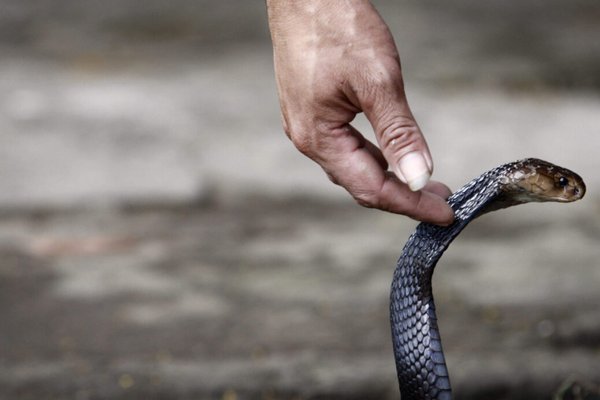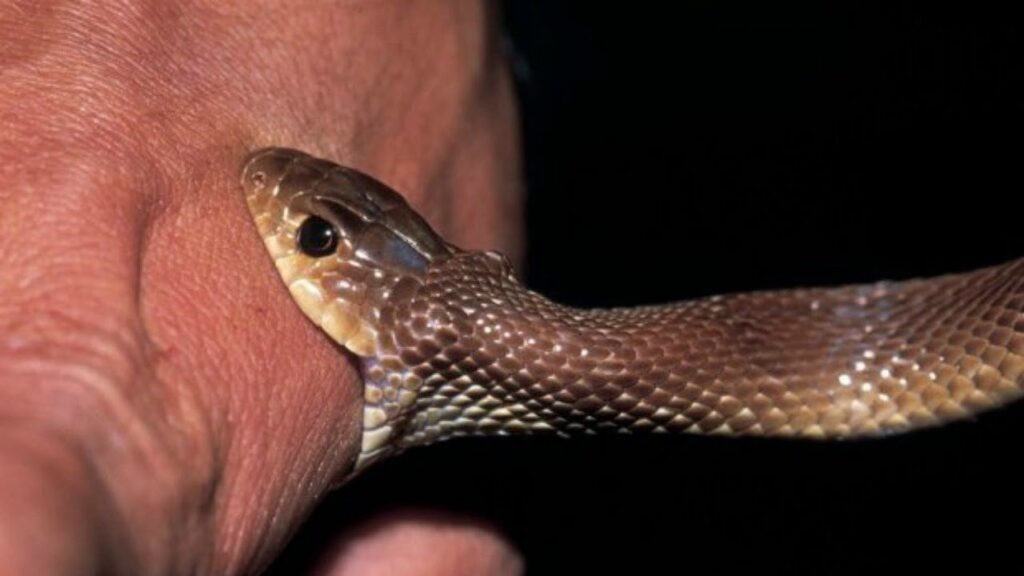The Union Health Ministry has introduced the National Action Plan for Prevention and Control of Snakebite Envenoming (NAP-SE) in India.
About (NAP-SE):
- With the goal of halving snakebite deaths by 2030, NAP-SE offers a comprehensive framework for states to devise their strategies for managing, preventing, and controlling snakebites.
- This approach is based on the ‘One Health’ principle.
- It focuses on ensuring sustained anti-snake venom availability, capacity building, establishing effective referral systems, and conducting public education campaigns.
- A Snakebite Helpline (15400) will be piloted in five states (Puducherry, Madhya Pradesh, Assam, Andhra Pradesh, and Delhi) to offer immediate assistance, guidance, and support to individuals and communities affected by snakebite incidents.
- This initiative aims to provide timely access to medical care and information to the general public.
About Snakebite envenoming:
- Snakebite envenoming is a potentially life-threatening disease following the bite of a venomous snake.
- Venomous snake bites can result in medical issues which can be deadly or lead to permanent impairment if timely and appropriate treatment is not given.
- Snake venom is a complex mixture of proteins that can have a wide range of toxic effects.
- The majority of snakebite envenomation deaths and catastrophic sequelae can be avoided with prompt availability to safe and effective antivenoms, timely transport and referral.
Estimates:
- In India, approximately 50,000 deaths result from an estimated 3-4 million snakebites each year, constituting half of all global snakebite fatalities.
- However, only a small fraction of snakebite victims seek treatment at clinics and hospitals, leading to a significant underreporting of the actual burden of snakebites.
- According to the Central Bureau of Health Investigation (CBHI) reports from 2016 to 2020, India witnesses an average annual occurrence of around 300,000 snakebite cases, resulting in approximately 2,000 deaths due to snakebite envenoming.
Challenges:
- In India, approximately 90% of snakebites are attributed to the ‘big four’ venomous snakes: the common krait, Indian cobra, Russell’s viper, and saw-scaled viper.
- The administration of polyvalent anti-snake venom (ASV), which contains antibodies against these four snake species, proves effective in treating 80% of snakebite cases.
- However, the lack of trained healthcare personnel and inadequate health facilities for treating snakebite patients remain significant challenges.
- Additionally, the absence of comprehensive data on snakebite incidence, morbidity, mortality, socio-economic impact, and treatment patterns hampers effective planning for mitigating snakebite in India.
About ‘One Health’ approach:
- The One Health approach is a collaborative, multisectoral, and transdisciplinary approach that recognizes the connection between the health of people, animals, and the environment.
- The goal of One Health is to achieve optimal health outcomes by balancing and optimizing the health of people, animals, and ecosystems.
- The One Health approach works at the local, regional, national, and global levels.
Ref:Source
| UPSC IAS Preparation Resources | |
| Current Affairs Analysis | Topperspedia |
| GS Shots | Simply Explained |
| Daily Flash Cards | Daily Quiz |



